Introduction to Federal Style Interior Design
When it comes to interior design that speaks to America’s history and grace, Federal Style stands tall. This design style, flourishing from 1780 to 1840, is a testament to the nation’s architectural maturity and aesthetic sophistication. In this article, we delve deep into Federal Style Interior Design, exploring its characteristics, history, and how you can incorporate its timeless elegance into your own home.
The Roots of Federal Style
Federal Style emerged post-Revolutionary War as a reflection of the young nation’s aspirations. Influenced largely by Neoclassicism, this style signifies the values of order, symmetry, and harmony. Architects and designers used elements from Roman and Greek architecture, which can be seen in the elegant lines and proportions in many homes built during this period.
Historical Influences
Several factors contributed to the rise of Federal Style. The works of noted architects such as Thomas Jefferson and Benjamin Latrobe were pivotal. Jefferson’s Monticello and Latrobe’s designs for the U.S. Capitol encapsulate the essence of this style.
Key Features of Federal Style Interior Design
Architectural Elements
The architecture of Federal Style is characterized by:
- Symmetrical facades
- Multi-paneled doors
- Decorative crowns over windows and doors
- Brick or wood construction with neatly arranged exteriors
Interior Features
The interiors of Federal-style homes embody elegance and simplicity:
- Soft color palettes, frequently including pastel hues
- Classic moldings and trim
- Fireplaces that serve as focal points in rooms
- Elegant drapery with an emphasis on symmetry
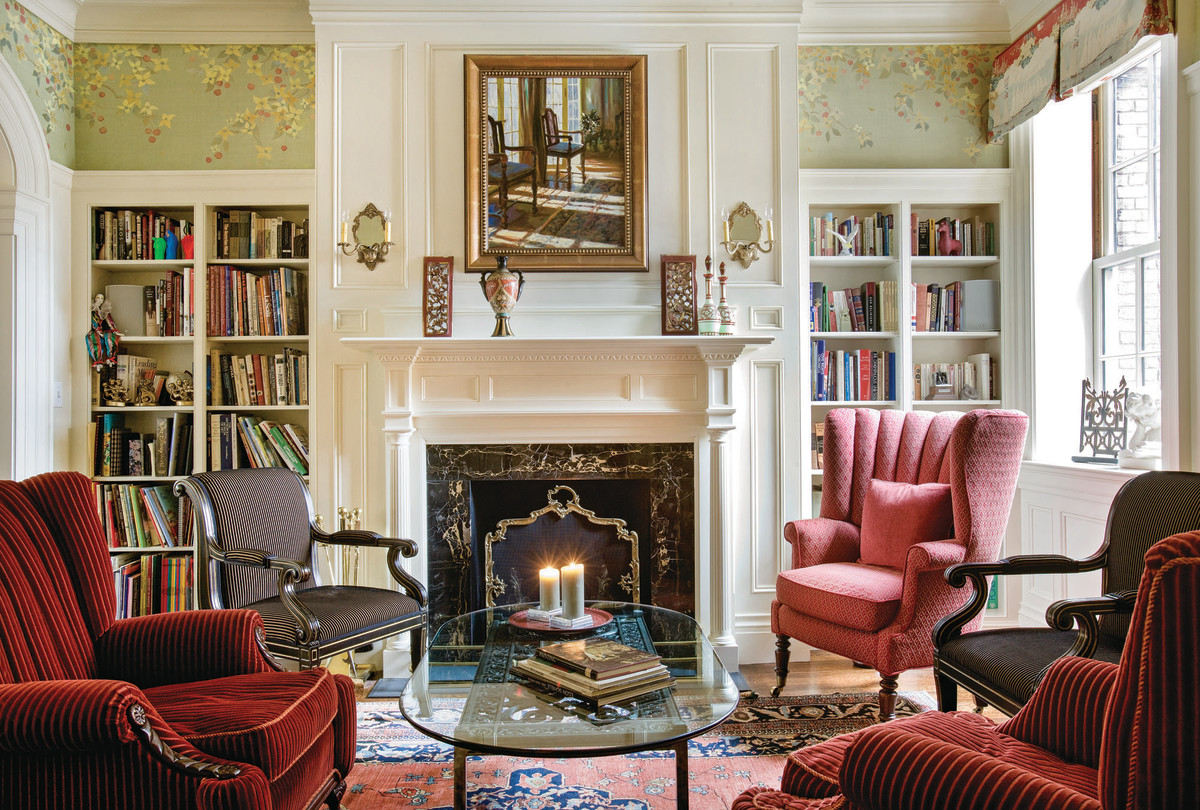
Decorating in Federal Style
If you’re captivated by the charm of Federal Style and wish to incorporate it into your home, here are practical tips to achieve this look.
Color Schemes
Federal interiors often feature muted color palettes. Consider these combinations:
| Color | Description |
|---|---|
| Soft Blue | Creates a calming atmosphere |
| Light Green | Brings a fresh, airy feel |
| Warm Cream | Offers a timeless and cozy backdrop |
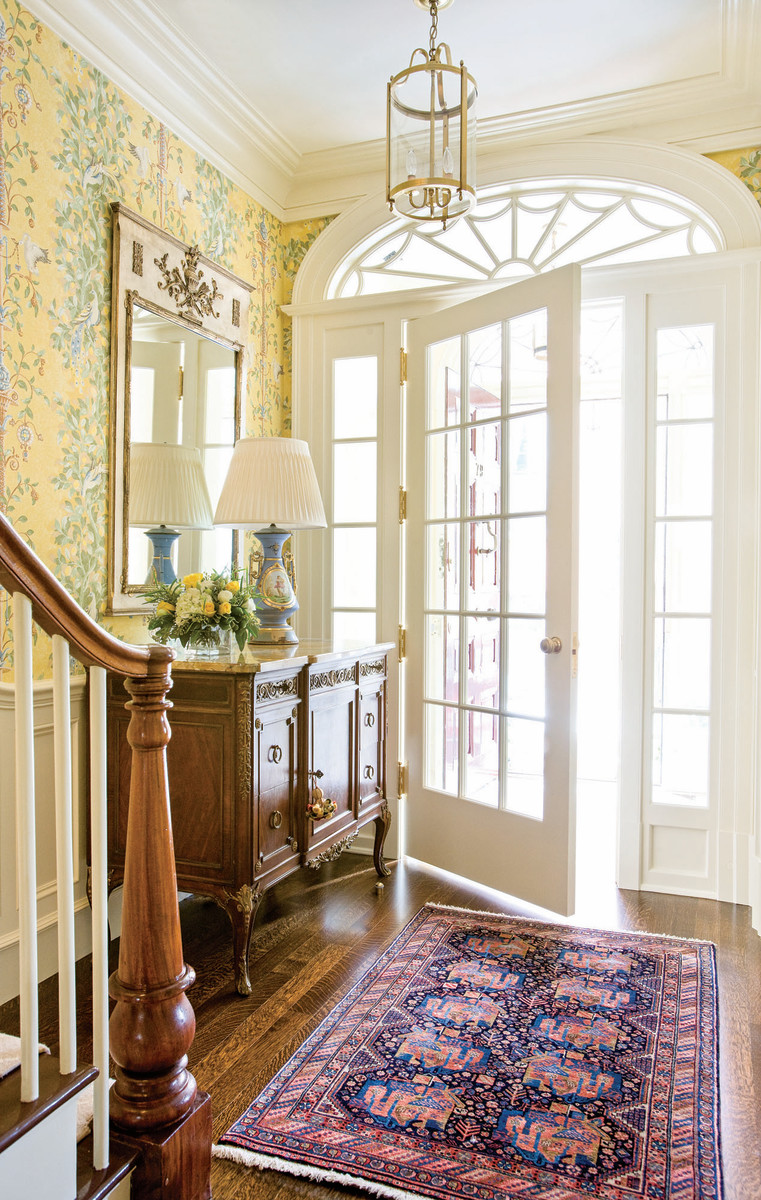
Furniture Selection
When selecting furniture, prioritize quality craftsmanship and classic shapes:
- Look for Federal-style pieces with straight lines and elegant inlays.
- Choose wooden materials, especially mahogany or walnut.
- Incorporate upholstered pieces with classic patterns such as stripes or floral designs.
Accessorizing
Accessories can elevate your Federal-inspired decor:
- Incorporate traditional candlesticks and candelabras.
- Add framed portraits or landscape paintings, preferably in ornate frames.
- Include textiles such as area rugs with geometric patterns.
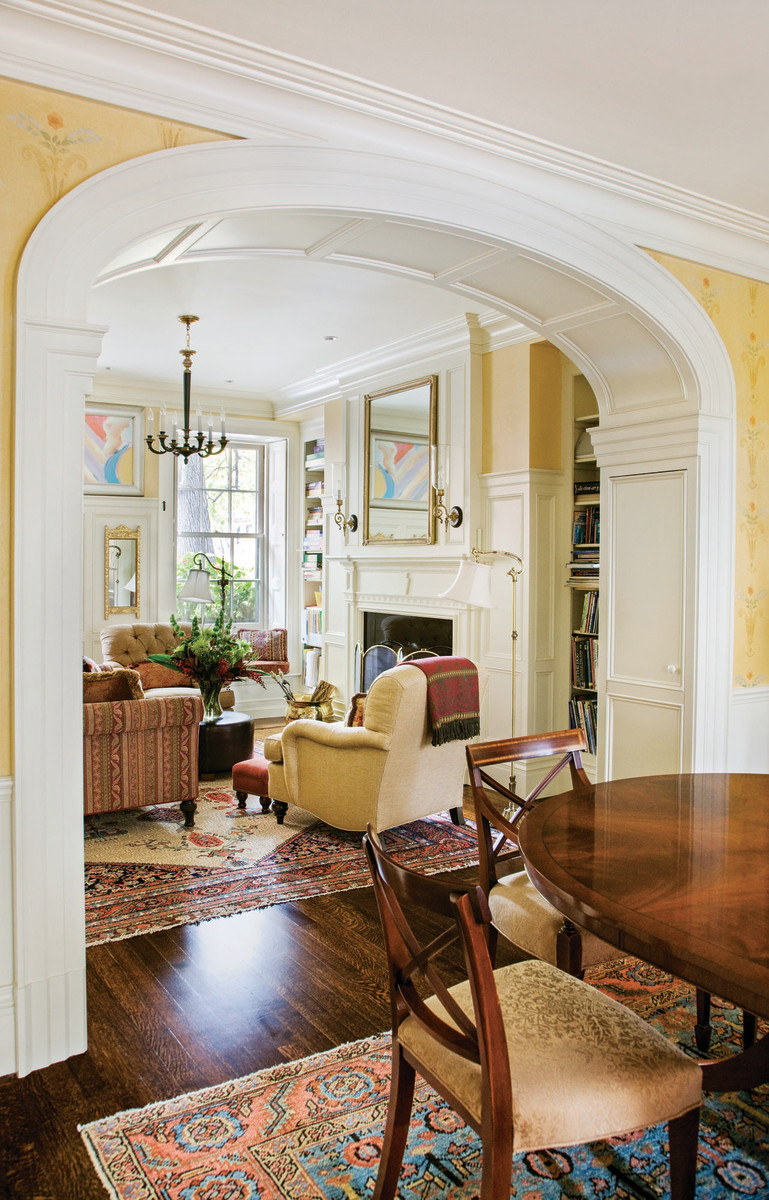
Pros and Cons of Federal Style Interior Design
Pros
- Classic elegance that stands the test of time.
- Flexibility in color schemes and furnishings.
- Rich historical significance adds character to your home.
Cons
- Potentially higher cost for authentic pieces.
- Can feel formal and less cozy if not balanced with softer elements.
- Requires careful sourcing of decor to maintain authenticity.
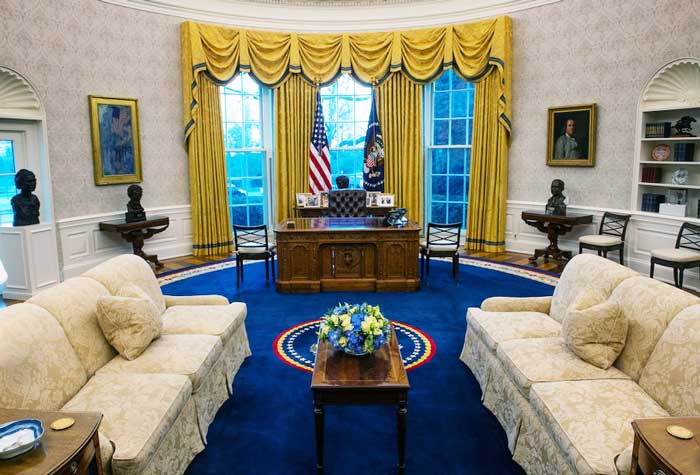
Modern Interpretations of Federal Style
Many contemporary designers have taken Federal Style and added modern twists. This evolution allows for a more personalized approach while honoring traditional elegance. Here are a few ways modern interpretations come into play:
Mixing Styles
Don’t hesitate to blend Federal elements with modern furniture. For instance, pairing a classic Federal-style table with contemporary chairs can create a unique and inviting space.
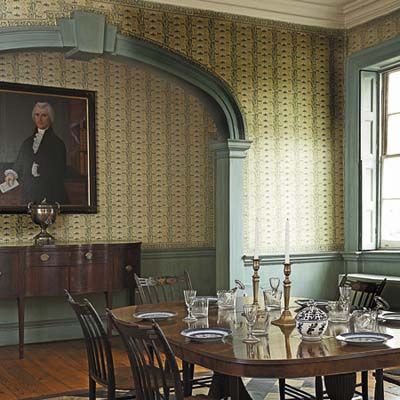
Streamlined Accessories
Consider using fewer accessories but with high impact. A single, large piece of art can offer a modern contrast to Federal architectural details.
How Federal Style Differs from Other Styles
Federal Style vs. Colonial Style
While both styles are rooted in American history, Federal Style is generally more refined than Colonial Style, characterized by:
| Feature | Federal Style | Colonial Style |
|---|---|---|
| Symmetry | Highly emphasized | Less strict |
| Color Palette | Soft pastels | Earthy tones |
| Furniture | Elegant, fine craftsmanship | Simple, utilitarian |
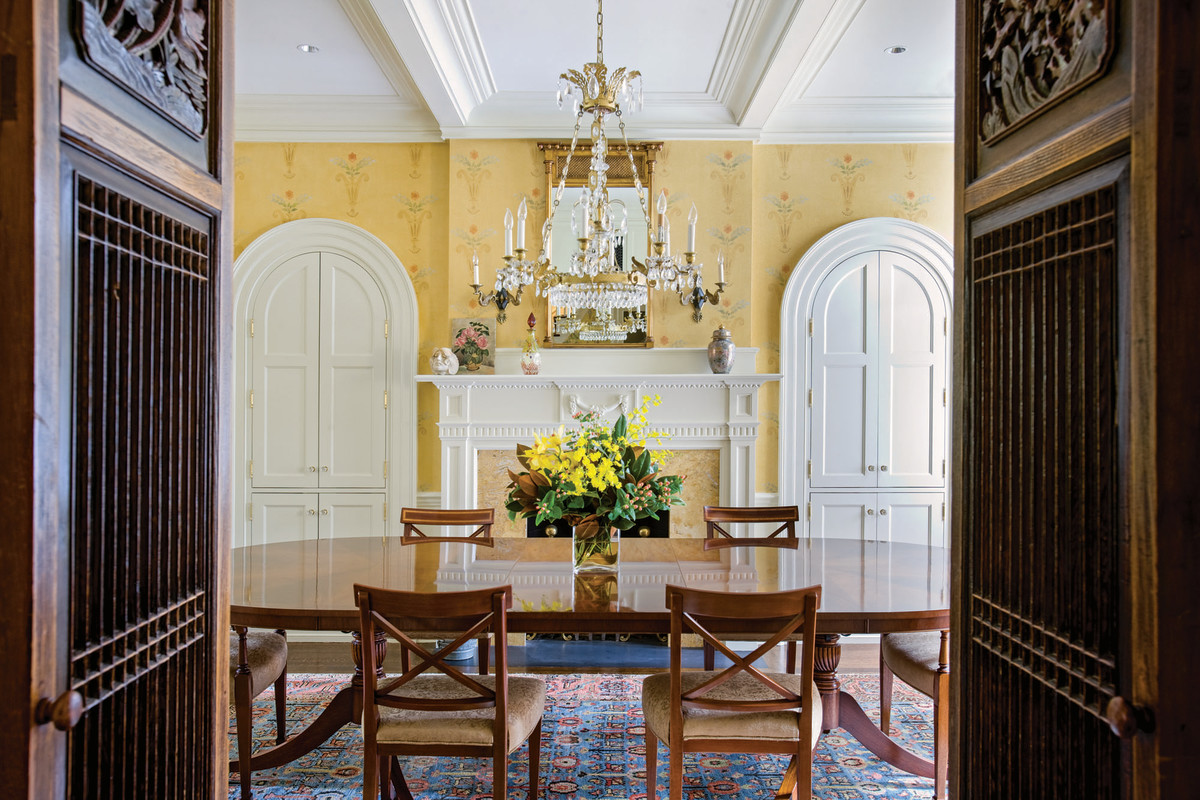
Personal Experience with Federal Style
As a lover of history and design, my journey with Federal Style began when I stumbled across a beautifully preserved Federal home during a visit to New England. The combination of symmetry and elegance captivated me, making me appreciate the architectural choices that defined our nation’s early years. When I decided to redecorate my living space, Federal Style was the first thing that came to mind. Incorporating soft blues and classic mahogany furniture transformed my home into a warm and inviting space, while still paying homage to history.
Conclusion: Embrace the Elegance of Federal Style
Whether you’re looking to completely redesign your home or simply infuse elements of the past into your decor, Federal Style Interior Design provides a wonderful balance of sophistication and warmth. Remember, it’s not just about recreating a period look, but rather celebrating the beauty of design that has stood the test of time.
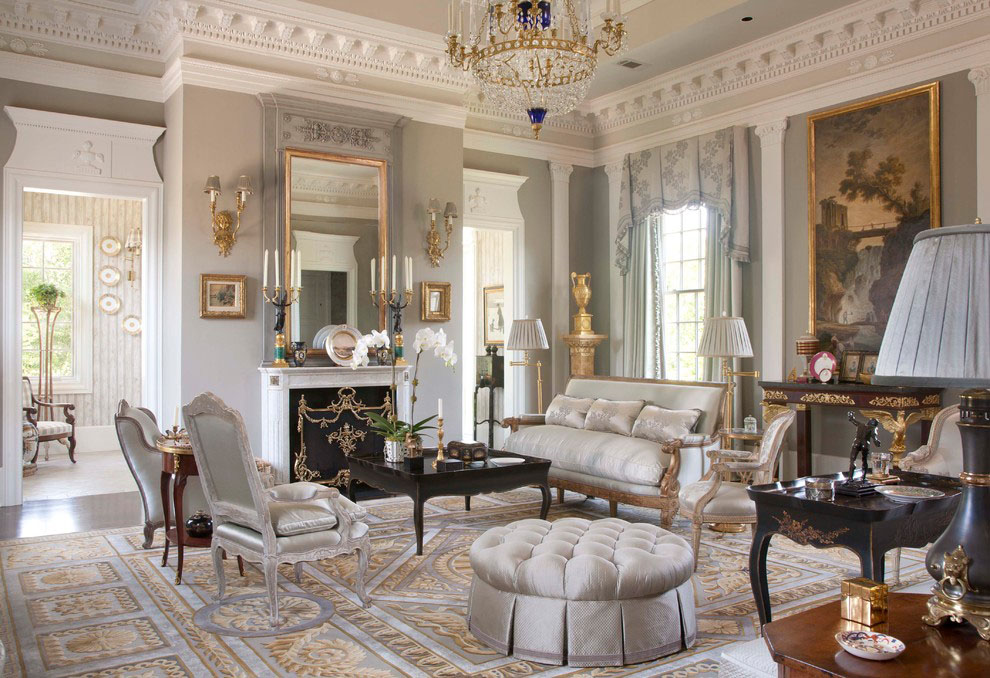
FAQs About Federal Style Interior Design
What is the main characteristic of Federal Style?
Federal Style is characterized by its sophisticated symmetry, elegant moldings, and use of classical elements from Roman and Greek architecture.
How can I incorporate Federal Style into my home?
You can incorporate Federal Style by using a muted color palette, choosing traditional furniture, and accessorizing with classic decor items.
Is Federal Style still popular today?
Absolutely! Many homeowners and designers appreciate Federal Style for its timeless elegance, making it a popular choice for both historical restorations and modern interpretations.